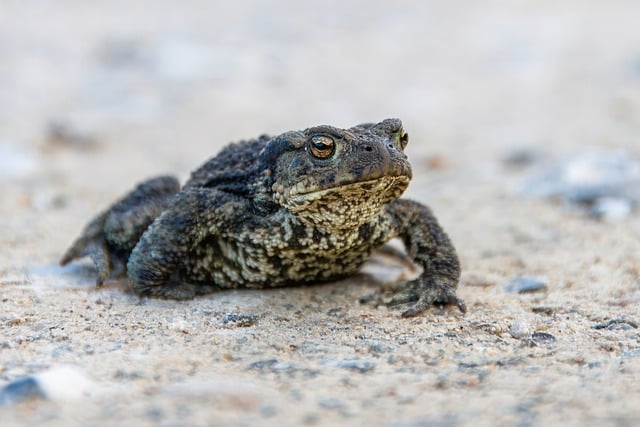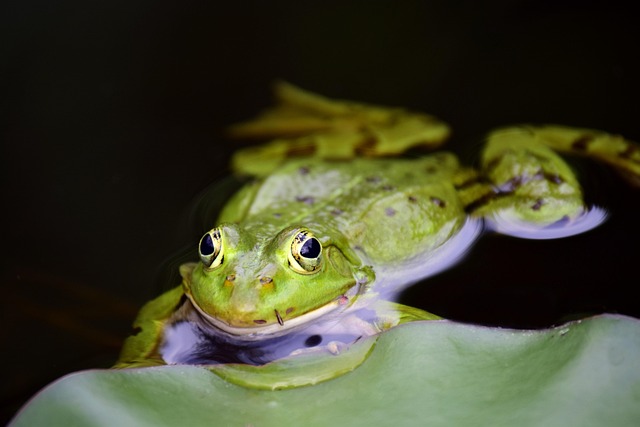
Amphibian Adversity: Understanding and Alleviating their Sufferings in Nature
When we think of the animal kingdom, it’s easy to picture majestic mammals or colorful birds soaring through the skies. However, nestled in the rich tapestry of nature are the often-overlooked amphibians. These remarkable creatures—frogs, toads, and salamanders—play vital roles in ecosystems around the globe, yet they are facing unprecedented challenges. The reality of amphibian sufferings is a pressing concern that warrants our attention and compassion.
Amphibians, often called the canaries in the coal mine,” are sensitive indicators of environmental health. Their permeable skin makes them particularly vulnerable to pollutants, climate change, and habitat destruction. As the world’s ecosystems continue to shift, amphibian populations are declining at alarming rates. According to scientists, over 41% of amphibian species are currently threatened with extinction. This statistic is not merely a number; it represents the loss of biodiversity and the gradual erasure of unique life forms that have existed for millions of years.
One of the primary contributors to amphibian sufferings is habitat loss. Wetlands, forests, and streams that once thrived with amphibious life are disappearing due to urban development, agriculture, and climate change. Picture a serene pond, once teeming with croaking frogs and playful tadpoles, now reduced to a dry patch of earth. This loss not only impacts the amphibians themselves but also disrupts entire ecosystems, as these creatures are critical for pest control, pollination, and nutrient cycling.
Additionally, pollution poses a severe threat to amphibians. Pesticides, heavy metals, and other chemicals leach into their habitats, leading to deformities and decreased survival rates. Imagine the heartbreak of seeing a tiny frog struggling to thrive in a contaminated pond. The more we poison their environment, the more we compromise their survival, leading to a heartbreaking cycle of decline.
Disease also plays a significant role in the sufferings of amphibians. The spread of chytridiomycosis, a deadly fungal infection, has devastated populations worldwide. This insidious disease attacks the skin of amphibians, which is crucial for their health and moisture regulation. The once vibrant chorus of frogs can turn into a haunting silence as populations vanish. It is a poignant reminder of how interconnected life is and the fragility of our ecosystems.
So, what can we do to alleviate their sufferings? Awareness and action are our most powerful tools. Supporting conservation efforts aimed at preserving amphibian habitats is essential. This can involve everything from advocating for policy changes to participating in local habitat restoration projects. Educating ourselves and others about the importance of amphibians can foster a deeper appreciation for these incredible animals and motivate collective action.
Even simple actions at home can contribute, such as creating a backyard habitat for local amphibians, using eco-friendly gardening practices, and reducing water pollution. Every little effort counts and can make a significant difference in the lives of these inconspicuous yet vital creatures.
The plight of amphibians is a reminder of the intricate relationships we share with nature. As stewards of the Earth, it is our responsibility to protect these incredible animals and support their fight against adversity. Let’s lend our voices to the voiceless and ensure that the symphony of amphibians continues to resonate for generations to come.



